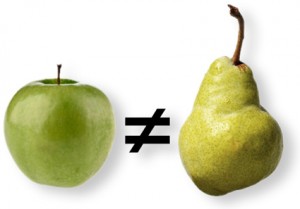Two weeks ago, I found myself at the Melbourne medical school in the midst of an estimated 40 GP’s. Don’t worry, my visit to Australia has not made me want to change my career dramatically. It just happened to be that the medical school hosted a short course on implementation science. Curious as I was about the Normalization Process Theory (NPT) that would be discussed, I was also interested to see in which way GP’s go around implementation processes. As soon as the first powerpoint slide was a picture of a gap and a bridge, I knew that, at least for the visual presentation of the concept, we were on the same page.
Special guest Carl May gave the introduction to the NPT model and the toolkit that comes with it. NPT focusses on the work that individuals or groups do to enable an intervention to become so embedded into routine practice it is normalized (Murray et al., 2010). With this strong focus on the user of the intervention, NPT distinguishes itself from theories and models that consider other determinants to be important for implementation. The model you choose to work with probably has a lot to do with your own conception of implementation, and with the growing field of implementation, more and more models are being introduced to choose from. So many even that it is hardly possible to know or heard of each one of them, let alone to know how effective they are.
It is therefore not remarkable that implementation networks are popping up everywhere. There is a need for a centralization of the knowledge on implementation. I am a big fan of networks that combine and share this kind of knowledge. As a matter of fact, I am one of the initiators of the Netherlands Implementation Collaborative and take part in meetings of the European Implementation Collaborative. One of the main difficulties however that I encounter in the networks is the reticence to name and share specific models of implementation. The reason heard is that these networks don’t want to put forward a model in order not to yield the idea that this is the one and only model that should be used. Fair enough one may think. I am however a little bit worried that we are letting a thousand flowers bloom. What I would like, is to establish a database of effective implementation models and instruments, just like the Netherlands Youth Institute has for youth interventions.
We want interventions to be evidence-based, why do we not hold the same for the implementation models and frameworks that we use to implement these interventions? What about evidence-based implementation?




